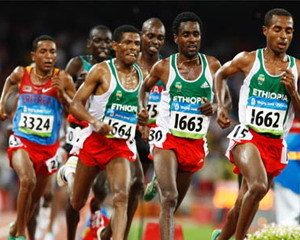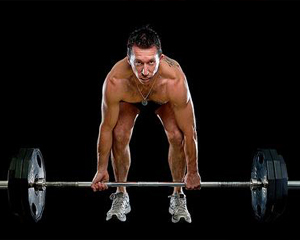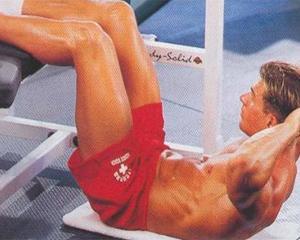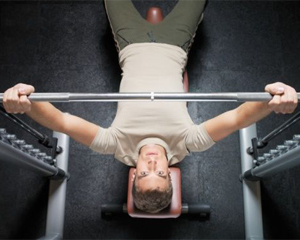PHYSICAL EDUCATION AND SPORT: PROFESSIONALISM OR HEALTH?
 Many argue that physical education and sports contribute to health promotion. However, rarely anyone objectively understands and takes into account the difference between these concepts.
Many argue that physical education and sports contribute to health promotion. However, rarely anyone objectively understands and takes into account the difference between these concepts.
Physical culture and sport – these two words, as a rule, stand together. However, these concepts are not identical. It is important to understand how sport differs from physical education, what is more useful and what we want to achieve. The difference is not so difficult to understand, having considered these two concepts in more detail.
Physical culture is one of the spheres of social activity aimed at improving health, developing physical abilities of a person. The main elements of physical education: physical exercise and competition in them, hardening of the body, occupational health and life, active motor types of tourism, physical labor as a form of active leisure for people of mental labor.
Sport is a commercial and sports activity that provides for economic efficiency and high information and entertainment value of sports and entertainment events. He, along with improving health and general physical development of a person, has a goal – to achieve high results and victories in competitions. Sport has long been divided into amateur and professional. Professional sport is hard, exhausting daily work, the purpose of which is to record at all costs, this is a complete commitment.
Sport
At present, there are objective and convincing data confirming the need for careful selection of people who want to play sports and the inadmissibility of using the term “practically healthy” in sports medicine.
The urgent need to increase attention to questions about the incidence of athletes is confirmed by the fact that in professional sports over the past 20–30 years, the loads have increased 4–5 times and are already limiting to the body. The statistics of the Federal Center for Physical Physical Education and Sports Medicine of the Ministry of Health and Social Development of the Russian Federation for 2005 shows that only 12% of people after high-performance sports remain relatively healthy. Among athletes, the pathology of the internal organs began to occur more frequently and, what is especially alarming, there have been cases of sudden deaths in training and competitions.
Every year the number of young athletes increases, in whom electrocardiogram deviations are detected, indicating dystrophic changes of the heart muscle due to physical overstrain.
It is also worth noting that playing professional sports not only does not heal the body, and often leads to various chronic diseases. For example, diseases of the peripheral nervous system are more common in jumpers, throwers, hurdler, weightlifters, wrestlers, and football players. Diseases of the ear, nose and throat are widespread among those involved in shooting (71.5%), aquatic (40–45%) and winter sports (40%). Shooting is dominated by the pathology of hearing (neuritis of the auditory nerve), among swimmers and skiers – diseases of the pharynx, nasal cavity and its paranasal sinuses.
Usually, neither the trainers, nor the athletes, and sometimes even the doctors, attach importance to such foci of infection. However, the data of recent years show that the foci of chronic infection are so serious a threat to the health of an athlete that their presence does not allow him to be considered absolutely healthy and allowed to train. Therefore, all foci of chronic infection should be cured, and only after this athlete can be considered absolutely healthy.
In addition to the physiological indicators, there are many factors that are also difficult to call “expensive to health”, and which are caused by occupations in professional sports. Among them are perpetual stress, the use of doping, a crisis of unclaimedness and mental deviations.
However, having drawn a clear boundary and weighing all the pros and cons, we can safely say that sport still does not bypass the human body. But it is necessary in the form that is called “physical education”.
Physical Education
Physical education classes are an organic part of a healthy lifestyle. In order for them to really bring health benefits, it is necessary to choose a sport in accordance with physical abilities, limitations, risks. The best in this regard are running (athletics) and various team sports. Of course, injuries are possible in amateur sports. Football players, for example, have frequent injuries to the legs or legs, and in basketball, toes. Now fashionable to engage in martial arts (boxing, wrestling, martial arts), to be able to stand up for themselves. But in these sports there is a risk of concussion, bruises. On the other hand, such injuries can be earned in the yard, in the country or on the beach during ball games, roller skating or on a swing.
According to doctors, practicing normal physical exercises (physical exercise, not sports) develop the cardiovascular system, form the right motor stereotype of the child.




